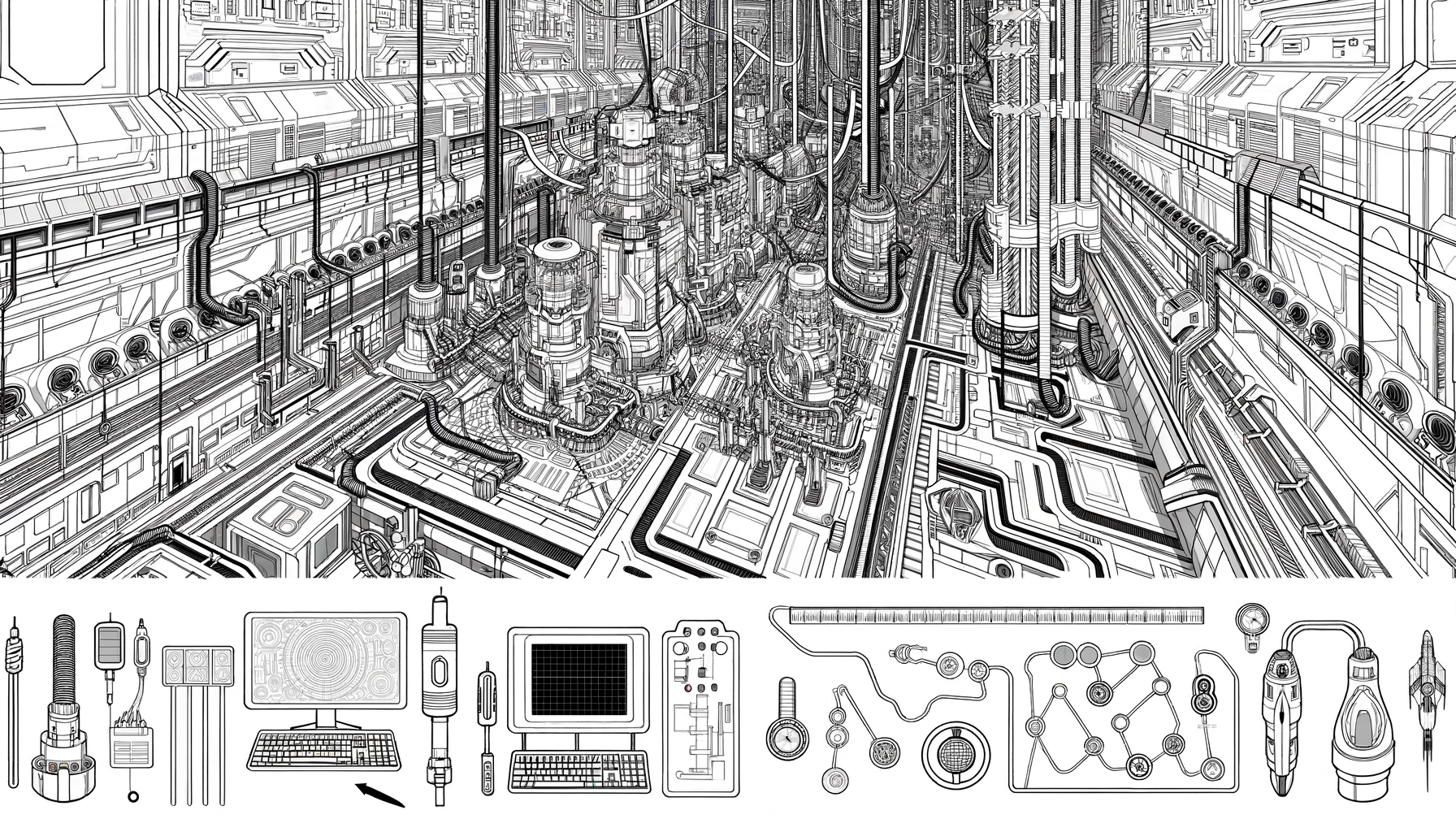FAA to Modernize Air Traffic Control Systems: A Move Decades in the Making
The U.S. Federal Aviation Administration (FAA) plans to overhaul its outdated air traffic control systems, replacing decades-old technology that still relies on floppy disks and Windows 95. This modernization is critical as these antiquated systems could compromise aviation safety and efficiency.
Modernizing the Infrastructure
Chris Rocheleau, acting head of the FAA, announced the agency’s commitment to switch from floppy disks and paper labels to modern technology at a recent committee meeting. Transportation Secretary Sean Duffy supported the initiative, labeling it a landmark infrastructure project with bipartisan backing.
Reliability vs. Obsolescence
Many FAA control centers still function using outdated tools, including paper strips and antiquated Windows 95 systems. While these systems have provided reliability against cyber threats, experts like Professor Sheldon Jacobson stress that modernization is essential due to part shortages and equipment wear.
Notably, only 51 out of 138 FAA systems are deemed fit for continued use. This problem is not unique to the U.S.; similar challenges are faced by Japan and San Francisco’s railway system, facing their own struggles to retire floppy disks by 2030.
Challenges Ahead
The complexity of updating air traffic systems, which must operate continuously without downtime, represents a significant challenge. Security is a primary concern, as cyberattacks could disrupt the entire aviation network, affecting transport, trade, and emergency services.
Skepticism and Concerns
Despite ambitious plans, analysts like Robert W. Mann Jr. remain skeptical. Previous promises have fallen short over the last 30 years, with system failures, such as the January 2023 NOTAM disruption, highlighting infrastructure vulnerabilities. Financial constraints also pose obstacles, having recently caused issues such as radar and communication failures at Newark Liberty International Airport.
The FAA expects the modernization to span four years, yet experts like Jacobson debate its feasibility, given the complexity and undefined budget. The success of this initiative weighs heavily on overcoming these hurdles efficiently.










